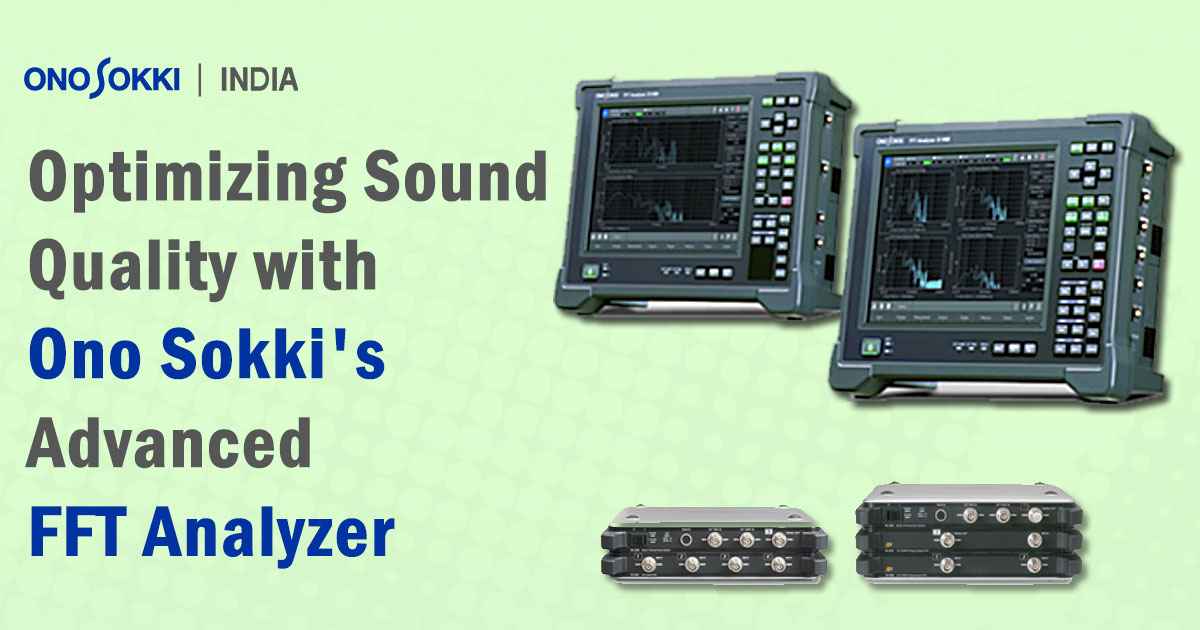



FFT Analyzer is a powerful tool that has revolutionized the field of sound analysis. FFT stands for “Fast Fourier Transform,” a mathematical algorithm that can quickly analyze complex signals and break them down into their individual frequency components. An FFT analyzer uses this algorithm to provide highly accurate measurements of sound quality, making it an essential tool in a variety of industries, including audio engineering, music production, and acoustic research.
One of the most significant advantages of using an FFT analyzer is its ability to provide highly accurate and precise measurements of sound quality. Traditional sound measurement tools often lack the precision needed to analyze complex sound signals accurately. In contrast, an FFT analyzer can break down sound signals into their individual frequency components, providing highly detailed and accurate information about the sound’s frequency, amplitude, and phase characteristics. This level of detail is essential in many industries where accurate sound analysis is critical, such as in designing high-quality audio equipment or studying acoustic properties.
FFT Analyzer is a powerful tool for analyzing complex signals and breaking them down into their frequency components. FFT stands for “Fast Fourier Transform,” which is a mathematical algorithm used by an FFT analyzer to quickly and accurately perform this signal analysis.
An FFT analyzer is commonly used in various industries, including audio engineering, music production, and acoustic research. It provides:
The FFT analyzer algorithm takes a time-domain signal and converts it into a frequency-domain signal. This conversion allows the user to see the signal’s different frequency components, amplitude, and phase characteristics, and their relationship to each other. An FFT analyzer can also perform spectral analysis, which helps identify frequencies that are causing noise or distortion in a sound signal.
Ono Sokki’s Advanced FFT Analyzer is a powerful tool that can help improve sound quality by providing precise and reliable measurements of sound signals. This analyzer is designed to measure the frequency spectrum of sound signals, allowing users to identify and quantify the sources of noise and distortion that can degrade sound quality. By analyzing the frequency spectrum, the Ono Sokki analyzer can help identify the frequencies that are causing unwanted noise or distortion in audio systems, making it an invaluable tool for diagnosing and troubleshooting audio problems.
In addition to its sound quality analysis capabilities, the Ono Sokki Advanced FFT Analyzer can also be used as a vibration analyzer. By analyzing the frequency spectrum of mechanical vibrations, the analyzer can help identify and quantify the sources of vibration that can affect the performance of mechanical systems. This makes the Ono Sokki analyzer a versatile tool for a wide range of applications, including automotive, aerospace, and industrial engineering.
In conclusion, Ono Sokki’s advanced FFT analyzer is a powerful tool for accurate and detailed sound analysis. With its ability to quickly and accurately break down complex signals into their individual frequency components, it has become an essential tool in various industries, including audio engineering, music production, and acoustic research.
The FFT analyzer is equipped with advanced features that allow for precise measurements and analysis. Its ability to perform spectral analysis helps identify frequencies that are causing noise or distortion in a sound signal, making it an ideal tool for vibration analysis as well.
Whether you’re designing and testing high-quality audio equipment, studying the acoustic properties of rooms, or performing vibration analysis, Ono Sokki’s advanced FFT analyzer is a reliable tool that provides accurate and detailed analysis. It is an investment that can save time and effort in achieving accurate sound and vibration analysis results.